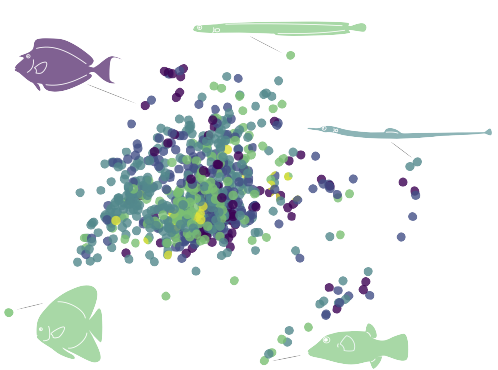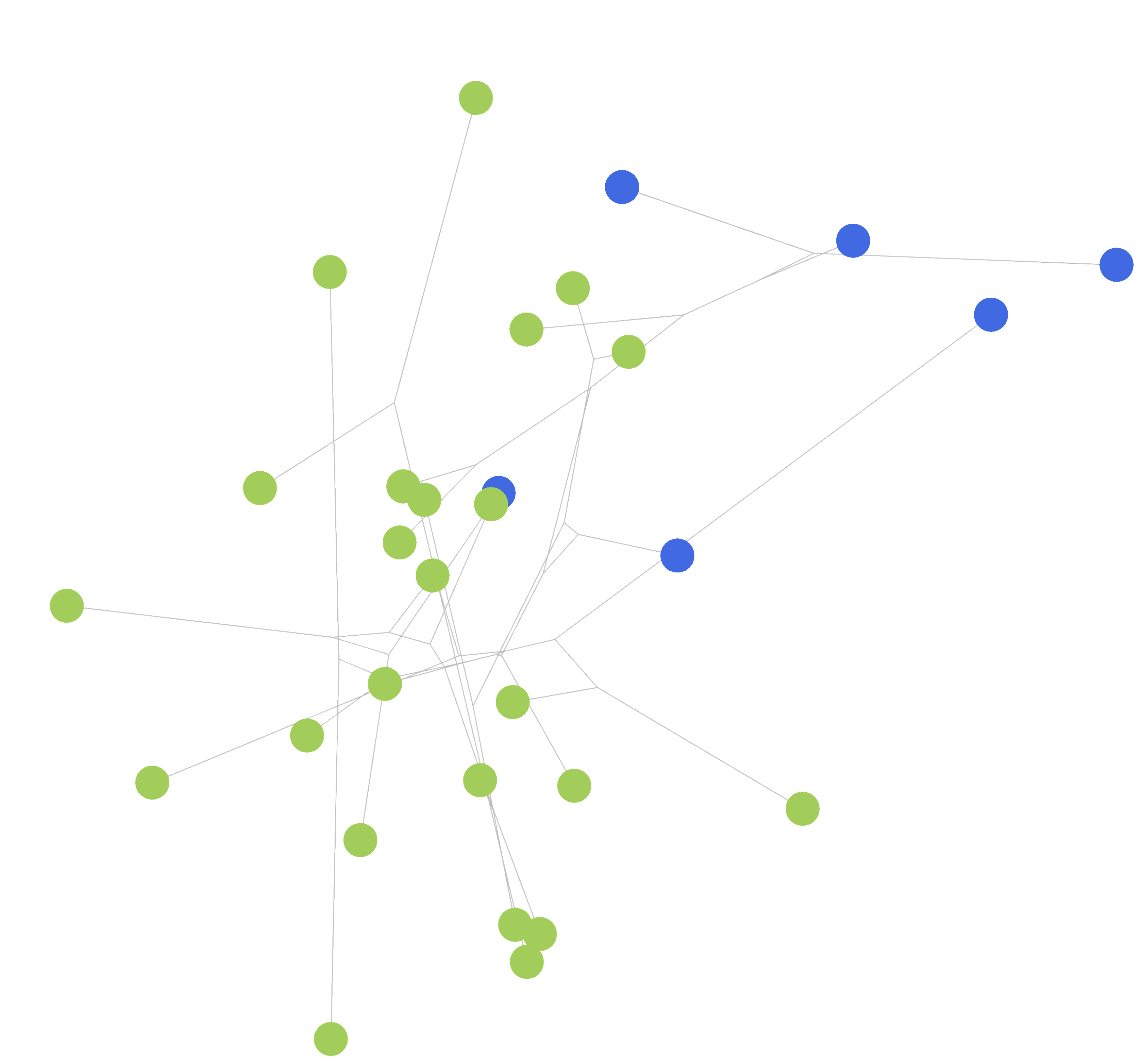DIVERSIFICATION IN BENTHIC FISHES
From flattened flounder, to elongate eels, and leg-wielding frogfishes, benthic fishes are extremely diverse. Fish that live in constant contact with the bottom of the ocean don't have to expend as much energy swimming and therefore have less of a need for a hydrodynamic (or streamlined) body. We ask whether benthic living results in novel body shapes and if this lifestyle leads to increased rates of body shape evolution. Using the collections at the Smithsonian Museum, we implement a massive dataset capturing body shape across roughly 6,000 fish species. With this dataset, we plan to look at how habitat transitions have influenced biodiversity and the evolution of fishes. This work is still very much in progress, so check back in later for an update!
BODY SIZE MACROEVOLUTION
Understanding the causes of body shape diversity across the tree of life is one of the central issues surrounding the origins of biodiversity. One potential mechanism for the generation of shape disparity is a strongly conserved relationship between size and shape. As organisms grow, they change shape in predicatable ways. Therefore, part of shape variation is just due to that close association between shape and size (allometry). Here, we quantify the amount of body shape disparity attributable to changes in body size across nearly 800 species of Indo-Pacific shore fishes. Our results suggest that the influence of size on fish shape has largely been overwhelmed by lineage-specific patterns that have produced the modern landscape of highly diverse forms.
CONVERGENCE IN SURGEONFISH
Interested by evolutionary convergence, we began studying morphology in planktivorous surgeonfishes (family Acanthuridae). Planktivory represents a fairly dramatic transition from herbivory, requiring species to swim in midwater, locating and capturing minuscule organisms. By modeling continuous character evolution, we were able to determine that, while surgeonfish are exhibiting convergence in certain traits, these species are under morphological constraints, preventing them from attaining optimal morphology given their pelagic-feeding lifestyle.


